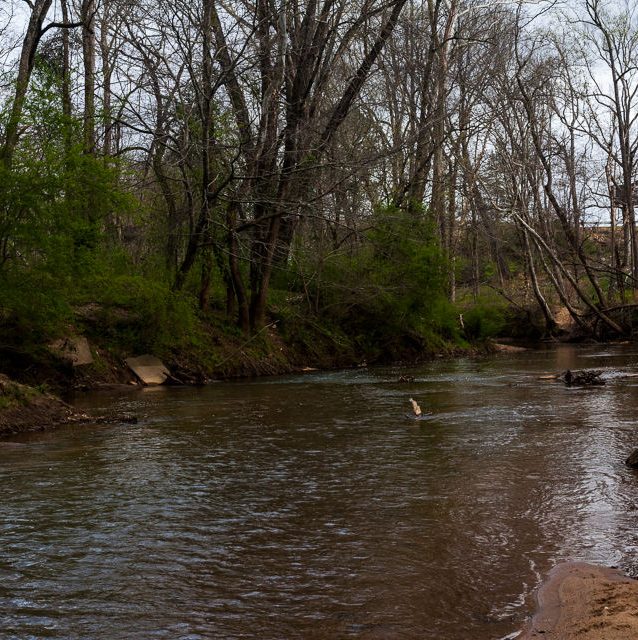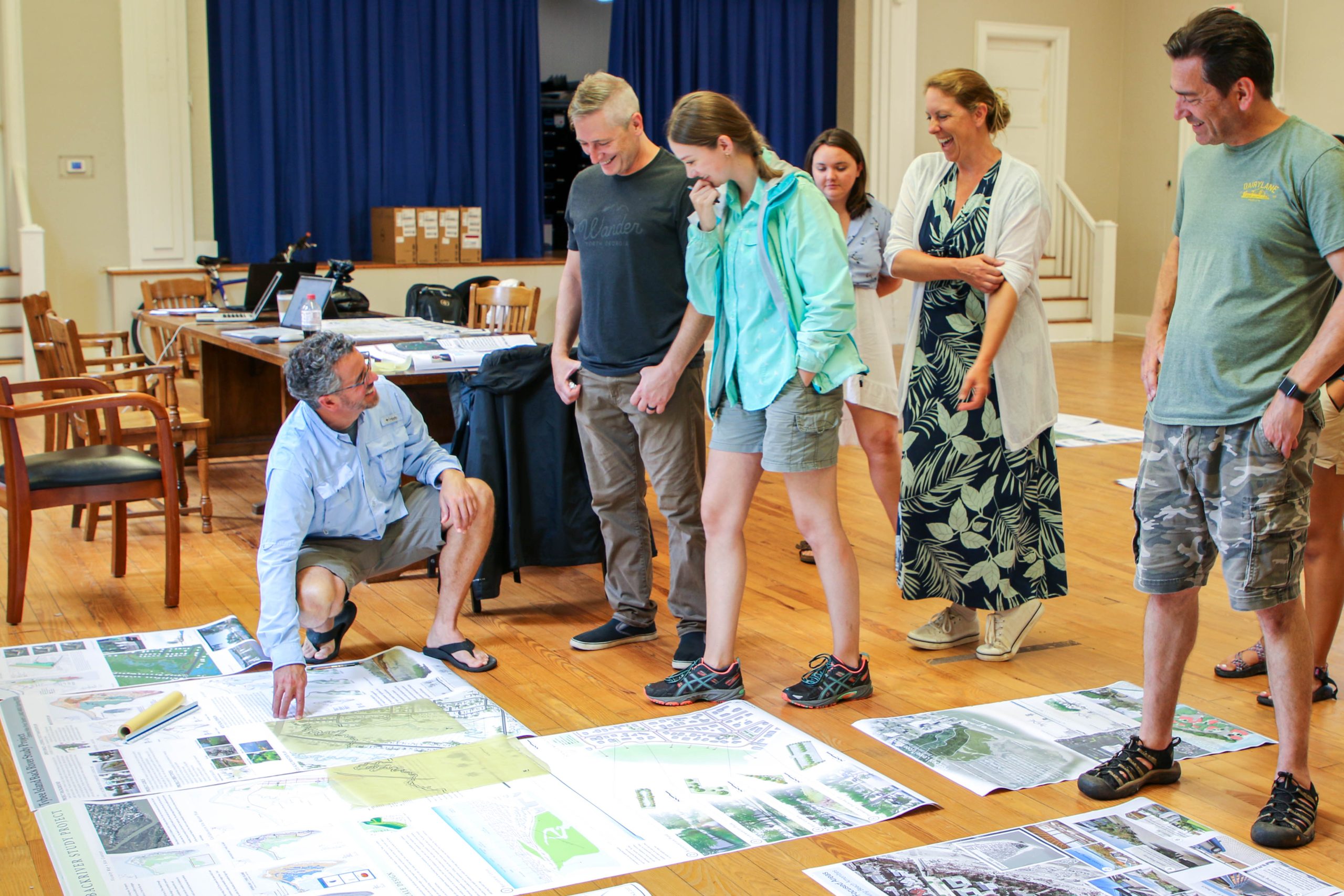IRIS researchers often work directly with communities on a variety of projects, from flood resilience to new infrastructure projects. This work is nationwide and collaborative by nature, allowing us to work side-by-side with not only other researchers, but community representatives, governments and more.

Ongoing Research
Recent Publications
Water supply, waste assimilation, and low-flow issues facing the Southeast Piedmont Interstate-85 urban archipelago (Journal of the American Water Resources Association, May 2023)
Authors: R. Jackson, S. Wenger, B. Bledsoe, J.M. Shepherd, K. Capps, A. Rosemond, M. Paul, M. Welch-Devine, K. Li, T. Stephens and T. Rasmussen.
Abstract: Rapidly growing cities along the Interstate-85 corridor from Atlanta, GA, to Raleigh, NC, rely on small rivers for water supply and waste assimilation. These rivers share commonalities including water supply stress during droughts, seasonally low flows for wastewater dilution, increasing drought and precipitation extremes, downstream eutrophication issues, and high regional aquatic diversity. Further challenges include rapid growth; sprawl that exacerbates water quality and infrastructure issues; water infrastructure that spans numerous counties and municipalities; and large numbers of septic systems. Holistic multi-jurisdiction cooperative water resource planning along with policy and infrastructure modifications is necessary to adapt to population growth and climate. We propose six actions to improve water infrastructure resilience: increase water-use efficiency by municipal, industrial, agricultural, and thermoelectric power sectors; adopt indirect potable reuse or closed loop systems; allow for water sharing during droughts but regulate inter-basin transfers to protect aquatic ecosystems; increase nutrient recovery and reduce discharges of carbon and nutrients in effluents; employ green infrastructure and better stormwater management to reduce nonpoint pollutant loadings and mitigate urban heat island effects; and apply the CRIDA framework to incorporate climate and hydrologic uncertainty into water planning.
Quantifying the impacts of future shoreline modification on biodiversity in a case of coastal Georgia, United States (Conservation Biology, May 2024)
Authors: D. Coleman, R. Pittman, C. Landry, J. Byers, C. Alexander, G.P. Coughlin and C.B. Woodson.
Abstract: People often modify the shoreline to mitigate erosion and protect property from storm impacts. The 2 main approaches to modification are gray infrastructure (e.g., bulkheads and seawalls) and natural or green infrastructure (NI) (e.g., living shorelines). Gray infrastructure is still more often used for coastal protection than NI, despite having more detrimental effects on ecosystem parameters, such as biodiversity. We assessed the impact of gray infrastructure on biodiversity and whether the adoption of NI can mitigate its loss. We examined the literature to quantify the relationship of gray infrastructure and NI to biodiversity and developed a model with temporal geospatial data on ecosystem distribution and shoreline modification to project future shoreline modification for our study location, coastal Georgia (United States). We applied the literature-derived empirical relationships of infrastructure effects on biodiversity to the shoreline modification projections to predict change in biodiversity under different NI versus gray infrastructure scenarios. For our study area, which is dominated by marshes and use of gray infrastructure, when just under half of all new coastal infrastructure was to be NI, previous losses of biodiversity from gray infrastructure could be mitigated by 2100 (net change of biodiversity of +0.14%, 95% confidence interval −0.10% to +0.39%). As biodiversity continues to decline from human impacts, it is increasingly imperative to minimize negative impacts when possible. We therefore suggest policy and the permitting process be changed to promote the adoption of NI.
News
-

UGA Research Feature: For the love of salt marshes: Michelle Covi fights for coastal resiliency
In a new research profile by UGA Research News, Michelle Covi explains what led her to a lifelong career advocating for salt marshes. Covi is the coastal resilience liaison for Department of Defense under UGA’s Marine Extension and Georgia Sea Grant. Covi is an incredibly active member of UGA’s campus, and spoke about her mission…
-

UGA College of Engineering: Convergence and collaboration to achieve circularity
Originally published here by the University of Georgia College of Engineering. Research collaboration between the University of Georgia and University of Pittsburgh move to the next phase of their $5 million NSF Convergence Accelerator Project The linear consumption model of raw material extraction, production, use, and disposal dominates the global economy, but it’s led to…
-

Managing the ebb & flow of the I-85 corridor
The University of Georgia Office of Research recently featured research surrounding water quality and supply in the Interstate 85 corridor, a region that stretches from Alabama to Virginia and crosses two of the South’s largest urban centers, Atlanta, GA and Charlotte, NC. This work, a collaborative effort between the Institute for Resilient Infrastructure Systems (IRIS)…







